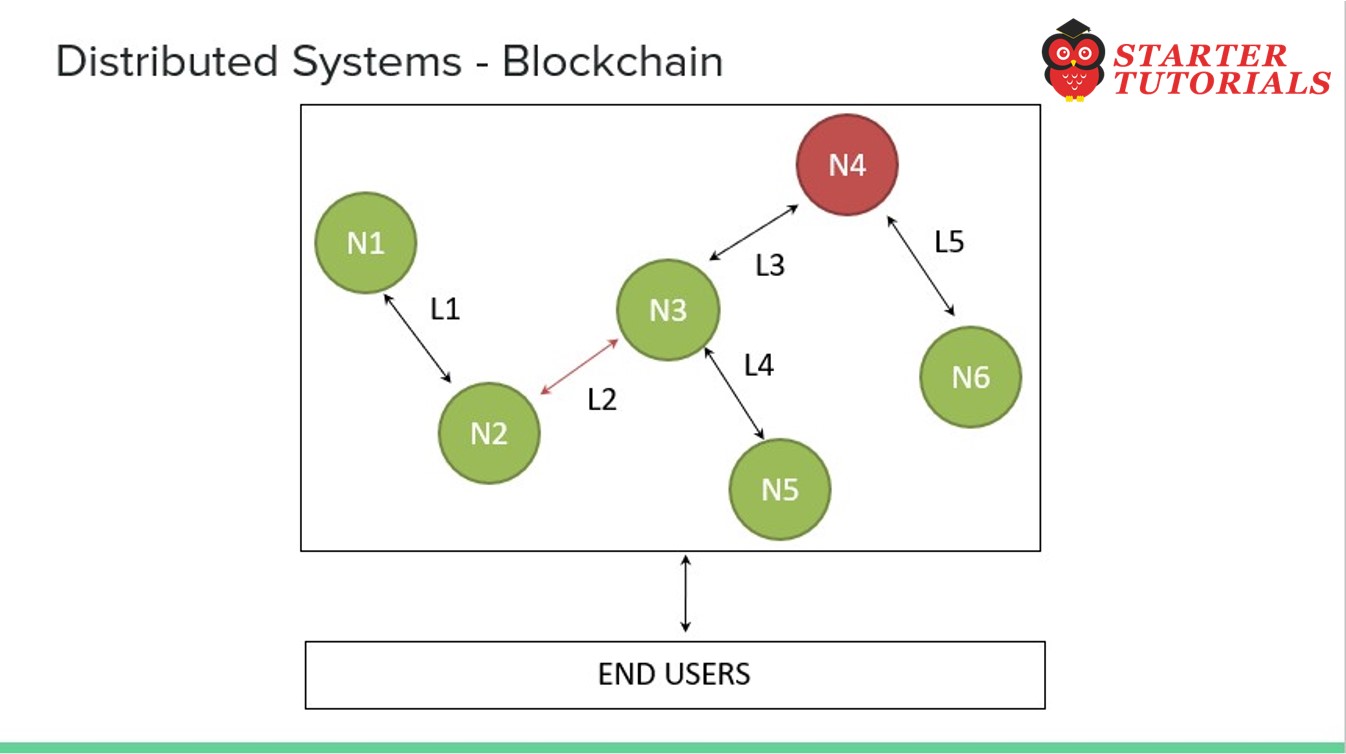The emergence of Bitcoin in 2008, introduced to the world a new technology called blockchain which promised to revolutionize the entire society. Blockchain is the technology behind the success of Bitcoin.
Blockchain is a technology that has an impact on current technologies and has the ability to transform them at a fundamental level.
Many organizations across the globe have already moved away from the Proof-of-Concept (PoC) stage and are building production grade systems utilizing blockchain.
One example is Decentralized Finance (DeFi) which has recently emerged and is looking at decentralizing the existing financial system. DeFi offers more control to individuals over their assets without any need of intermediaries.
Blockchain began to gain traction in 2013 as some ideas started to emerge which suggested that it can be used for application in areas other than cryptocurrencies (digital currency that is secured by cryptography).
During this period, the major use of blockchain was in cryptocurrency space such as Bitcoin, Litecoin, etc. Blockchain is expected to be a mature technology by 2025.
Interest in blockchain technology has risen quite a bit in recent years. Millions of dollars are being spent by organizations across the globe to research and adopt this technology.
The European Union (EU) had announced plans to increase funding for blockchain research to almost 340 million Euros by 2020. Another report suggests that global spending on blockchain technology research could reach 9.2 billion US Dollars by 2021.
A lot of research on blockchain is also undergoing in academic institutes and a lot of research papers are being published.
A lot of conferences are being held which specifically focus on blockchain technology. There are also various consortiums like Enterprise Ethereum Alliance (EEA) and Hyperledger which have been working on research, development, and the standardization of blockchain technology. A large number of startups are already providing solutions using blockchain technology.
Blockchain offers various benefits such as decentralized trust, cost savings, transparency, and efficiency. There are multiple challenges too which should be addressed like scalability and privacy of blockchain.
Distributed Systems
One of the foundational concepts of blockchain is a distributed system. A blockchain is a distributed ledger which can be either centralized or decentralized.
A blockchain has both the properties of decentralized and distributed paradigms. It can be considered as a decentralized-distributed system.
A Distributed System is a computing paradigm in which two or more entities cooperate with each other to achieve a common outcome. It is modelled in such a way that the entire system looks like a single logical platform.
For example, Google Search Engine is a large distributed system, although to the user it looks like a single coherent platform.
An individual entity in a distributed system can be called a node. A node has some memory and a processor. All nodes are capable of communicating with each other. Nodes can be genuine, faulty, or malicious.
A node that exhibits arbitrary behaviour is also known as a Byzantine node. Any unexpected behaviour by a node on the network, whether malicious or not, can be categorized as Byzantine.
A small-scale example of a distributed system is shown in the following diagram. This distributed system has six nodes, out of which one (N4) is a Byzantine node leading to possible data inconsistency. L2 is a link that is broken or slow, and this can lead to a partition in the network.
The primary challenge of a distributed system design is the coordination between nodes and fault tolerance. Even if some (a certain threshold dictated by the consensus protocol) of the nodes become faulty or network links break, the distributed system should be able to tolerate this and continue to work to achieve the desired result.
This problem has been an active area of distributed system design research for many years, and several algorithms and mechanisms have been proposed to overcome these issues.
Distributed systems are so challenging to design that a theory known as the CAP theorem has been proven, which states that a distributed system cannot have all three of the much-desired properties simultaneously; that is, consistency, availability, and partition tolerance.

Suryateja Pericherla, at present is a Research Scholar (full-time Ph.D.) in the Dept. of Computer Science & Systems Engineering at Andhra University, Visakhapatnam. Previously worked as an Associate Professor in the Dept. of CSE at Vishnu Institute of Technology, India.
He has 11+ years of teaching experience and is an individual researcher whose research interests are Cloud Computing, Internet of Things, Computer Security, Network Security and Blockchain.
He is a member of professional societies like IEEE, ACM, CSI and ISCA. He published several research papers which are indexed by SCIE, WoS, Scopus, Springer and others.


Leave a Reply